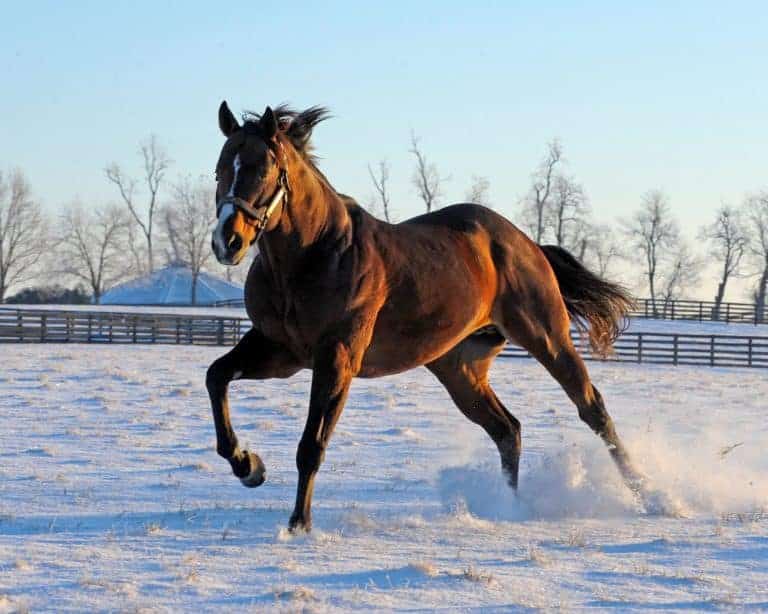Foot X Rays: A Crystal Ball?
When you look at a radiograph (X ray) of a horse’s foot, do you visualize soft tissues, or do you only see bones? If there’s one thing Ric Redden, DVM, founder of the International Equine Podiatry Center in Versailles, Ky., consistently teaches,
















